How A Robotic Arm Assist Improves Joint Surgery
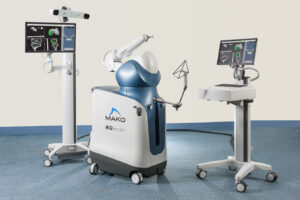
The Mako robotic-arm assisted is a new device that removes the burden of manually positioning a patient’s arms during joint surgery. The device is designed to aid surgeons in their work by improving time efficiency and accuracy. It allows the user to perform three key actions using just one hand; putting in a needle, turning off the anesthesia, and retracting or advancing the arms back into place. This application improves both surgeon satisfaction rates and patient outcomes without sacrificing efficiency or quality of care.
Application
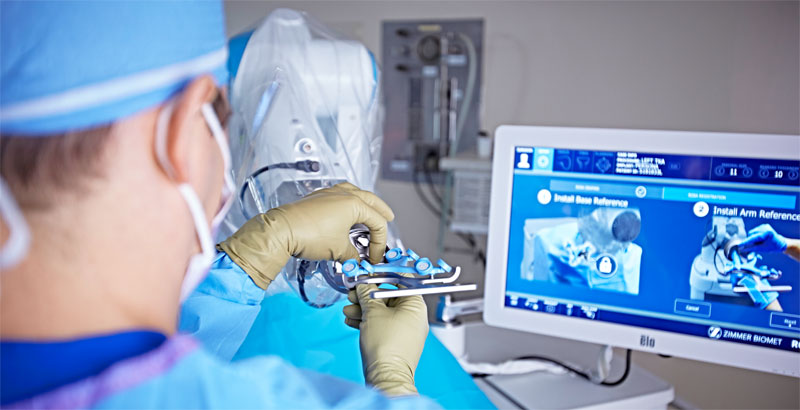
Source: uclahealth.org
The system’s primary use is in upper arm surgeries such as elbow replacement. It is intended for use in both adult and pediatric patients who require a total elbow replacement. The arm assist allows the user to complete a task with minimal effort and maximum precision. It also reduces the risk of accidental needle sticks occurring by keeping the needle carrier in a fixed position and eliminating an important source of error. Allowing surgeons to perform multiple tasks with one hand gives them more control over their scalpel than they would otherwise have with two hands tied up, placing a needle in one specific place.
The system is active during operations where the surgeon moves the patient’s arms out of position. Throughout the process, the component assist locks on to and follows every movement of both arms, including needle insertion, anesthesia incision, and elbow positioning. It allows surgeons to take advantage of the robot’s movements while completing other tasks. The robot can also move a patient’s arms out of position if an accident occurs, decreasing recovery time by reviving a sleeping patient in seconds.
Features
The arm assist system is a portable, lightweight product consisting of 2 main parts; the arm-retractor and the arm-loader. The retractor is the part that holds the needle in place. It is composed of a single fixed point and three semi-fixed points, which allow for maneuverability. The loader consists of 2 main parts, a pin carrier, and an elbow tracker.
The pin carrier’s function is to hold the surgical needle while it cuts through tissue. The elbow tracker’s function is to keep track of the angle between the elbow and the acromion. It allows surgeons to know where they are about their target. The pin carrier can be used with various surgical needles so that the arms assist can be used with any instrument used for upper arm surgeries.
Reasons Why Robotic Arm Assist Is Used
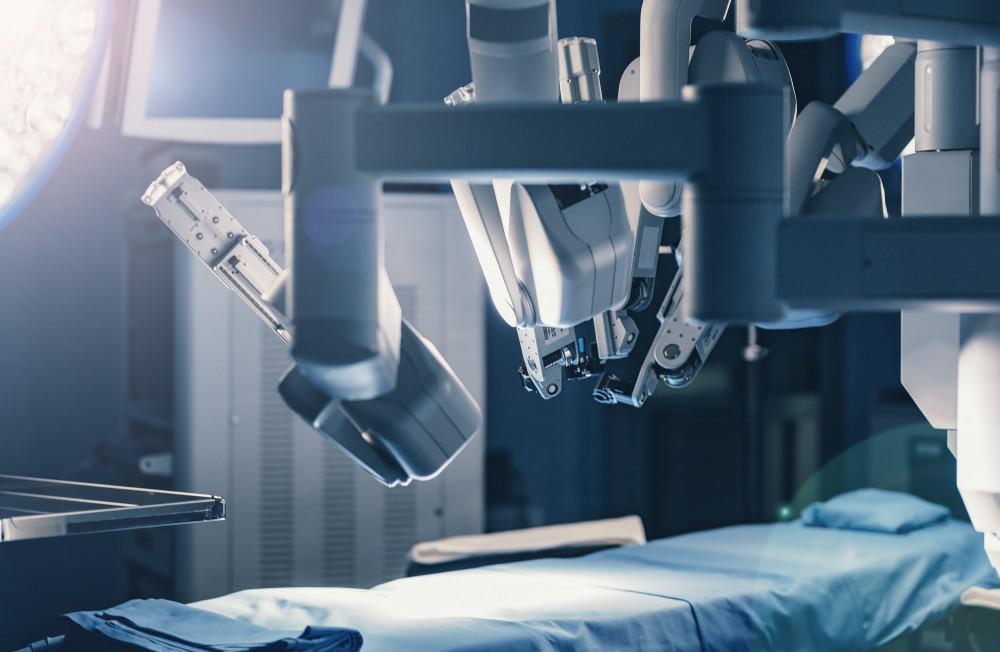
Source: alphaortho.net
- An important reason robotic arms assist is used during upper arm surgery is the ability to precisely locate the incision site. Surgeons must pay close attention to where they place their cut because if it is too shallow, they could accidentally expose the nerves, which will cause severe pain to their patients.
- Another benefit of robotic arms assistance is that it can increase a surgeon’s flexibility, allowing them to bend over or reach farther than if they had both hands tied up holding a needle. It will enable the surgeon to use a longer arrow, allowing them to avoid cutting through the muscles covering the bone. It can benefit pediatric elbow surgeries due to the smaller bone size.
- Robotic Arm Assist may also be used during knee surgery because it helps surgeons locate areas that need repair. Staying in a stable position while working allows surgeons to be much more precise when positioning the knee. It reduces the possibility that they will damage nerves and tendons, leading to prolonged recovery times and worse outcomes for their patients.
- The arm assist system is also used during other upper arm surgeries, such as shoulder replacement surgery. The system can help surgeons move around the shoulder joint safely and cleanly as it moves quickly over bones or muscles. It can also keep track of the angle between the acromion and the humerus, allowing surgeons to keep their working hand in line with their target.
Benefits Of Robotic Arm Assist
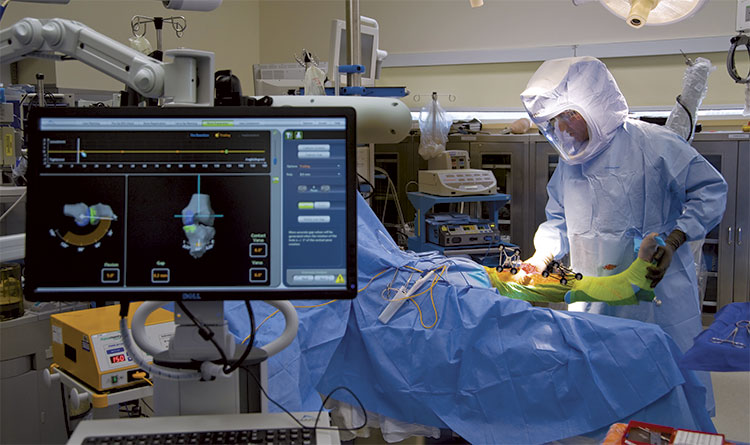
Source: mdnews.com
The arm assist robotic system helps surgeons in many different ways:
1. Improved time efficiency
Robotic arm assistance dramatically reduces the time it takes for a surgeon to complete an upper arm surgery. Using mechanical assist, surgeons can perform tasks with one hand that would take both hands before robotic assist. It will allow them to spend more time operating on their patient, improving their efficiency.
2. Increased accuracy
When robotics are used during surgeries, there is less chance that they will accidentally hit a nerve, nerve trunk, or other vital structures in the body. It can be life-threatening and should be avoided at all costs. It is especially crucial during upper arm surgeries because the surgeon is working around a patient’s nerves and major blood vessels and their muscles, tendons, and bones. Because the robotic arm assist can be controlled with one hand throughout its movements, the user can make sure to avoid striking these critical structures. It will improve the quality of their surgery and their patient’s recovery rate.
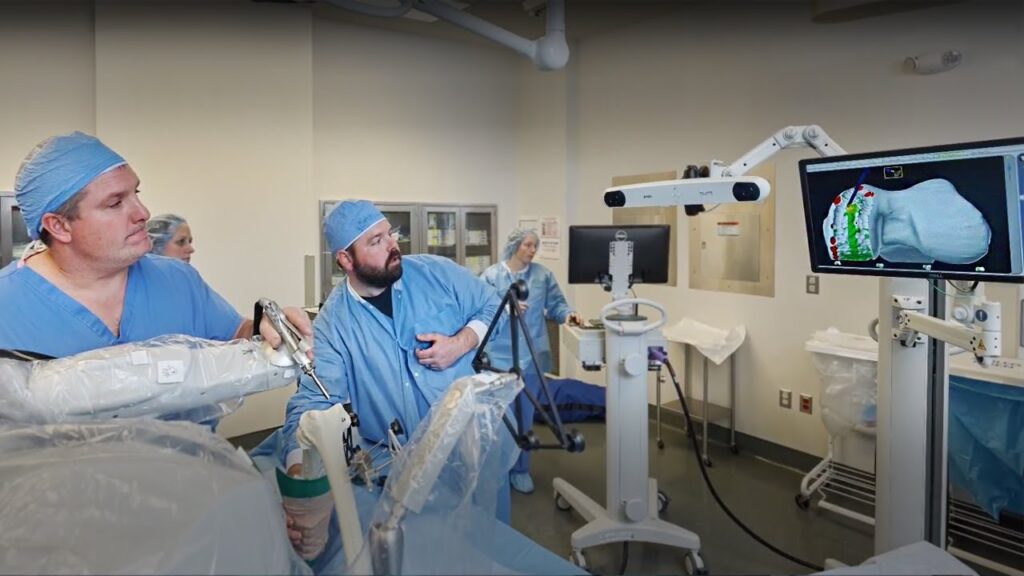
Source: geisinger.org
3. Reduced risk of needle sticks
The robotic arm assist system can be used to keep track of the needle while it is inserted. It minimizes the chance that the surgeon will accidentally stick themselves with the needle, leading to severe complications. The robotic system also keeps track of their orientation to keep their working hand in line with their target. The arm assistant locks onto the surgical needle and holds it in place until it is removed. These features ensure that the user will have no accidental needle sticks, which can cause severe complications to the individual and their health.
4. Reduced time for recovery
In some cases, a robotic arm assist is used during surgery to control a patient’s movement. It allows for a quicker recovery time than if the patient stays in bed for an extended period after surgery. There are many types of upper arm surgeries that require a longer recovery time so robotic assist can be helpful in these procedures as well.
5. Reduced risks of infection
Robotic arm assist systems are non-invasive. There is less risk of infection than if an operating room were used with more invasive methods, such as a C-section. For example, a robotic arm assist can be used during shoulder replacement surgery without cutting open the patient’s skin. It reduces the chances of an infection by keeping bacteria and other foreign objects out of the patient’s body.
6. Reduced risk of blood loss
Blood loss can be a severe complication for patients during surgery. The robotic arm assist system has a built-in safety feature to prevent excessive blood loss. It contains the patient from waking up with a gush of blood on their body and spending extended time in the hospital recovering from this wound. Usually, only minimal blood is lost, allowing the patient to go home much faster.
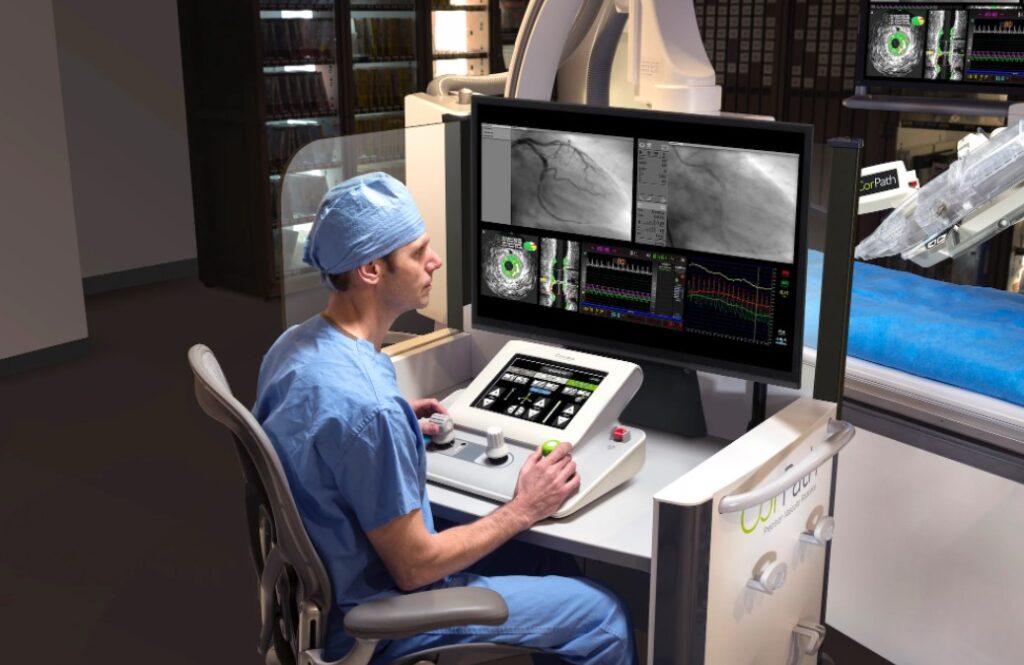
Source: dicardiology.com
Conclusion
Robotic arm assist systems are designed to help improve patient outcomes and decrease the risks associated with upper arm surgeries. These systems can significantly increase the number of time surgeons spend working, increasing their efficiency and reducing the risks associated with joint surgery. The robotic system helps keep track of where the surgeon is about their surgical target, so they can make sure to avoid hitting nerves and other vital structures in the body. It minimizes complications and improves patient recovery rates.
If this is a surgery technique you are interested in we highly suggest you see a qualified orthopedic surgeon, like Integrated Orthopedics, to maximize results and help you onto a speedy recovery.
